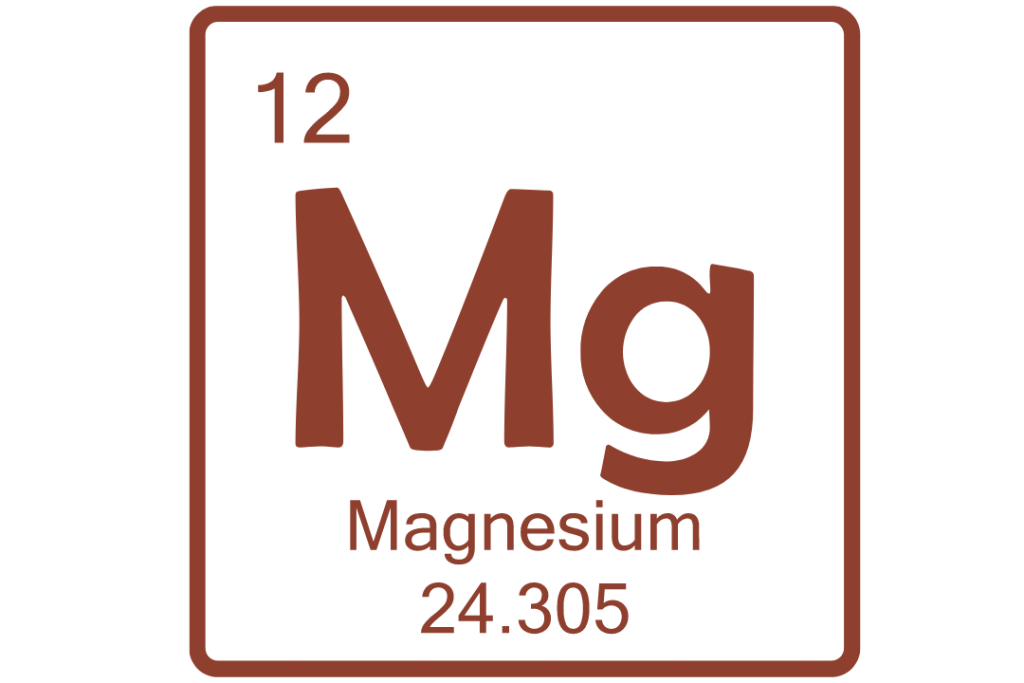The latest health tips, recipes and wellbeing inspiration from our team at The Remedy Room


How Does Magnesium Alleviate Pain?
Blocking Pain Receptors
One of the ways magnesium alleviates pain is by blocking NMDA receptors, which play a crucial role in the transmission of pain signals to the brain. NMDA receptor antagonists are often used in pain management to reduce the perception of pain. Magnesium naturally inhibits these receptors, providing a similar effect. A clinical trial published in Anesthesiology demonstrated that magnesium infusion reduced postoperative pain by inhibiting NMDA receptors.
Reducing Excitability
Magnesium decreases the excitability of nerves, leading to less transmission of pain signals. It stabilizes nerve cell membranes and reduces the release of neurotransmitters that facilitate pain sensation. This is particularly beneficial in conditions like migraines, where nerve excitability plays a significant role. A study in the journal Headache found that magnesium supplementation reduced the frequency and intensity of migraines in participants.
Supporting Muscle Function
By aiding in muscle relaxation and preventing spasms, magnesium reduces muscle-related pain. This is especially important for athletes and individuals with muscle pain conditions like fibromyalgia. A study published in the journal Clinical Rheumatology reported that magnesium supplementation improved symptoms of fibromyalgia, including muscle pain and tenderness.
Clinical Insights
Migraines are debilitating headaches that can significantly impact quality of life. Magnesium has shown promise in reducing both the frequency and intensity of migraines. A study in the journal Cephalalgia reported that magnesium supplementation led to a significant reduction in migraine attacks.
Fibromyalgia is a chronic condition characterized by widespread pain and tenderness. Research suggests that magnesium supplementation can help alleviate these symptoms. A study in the Journal of Integrative Medicine found that magnesium improved pain, sleep quality, and overall well-being in fibromyalgia patients.
In sports recovery, athletes often use magnesium to speed up recovery time and reduce muscle soreness after intense physical activity. Magnesium aids in muscle relaxation and repair, making it an essential supplement for athletes. A study in the Journal of Sports Science and Medicine found that magnesium supplementation improved muscle strength and reduced markers of muscle damage post-exercise.

Magnesium glycinate is a compound of magnesium and glycine, an amino acid with calming properties. This form is known for its high bioavailability and is less likely to cause gastrointestinal side effects. It is particularly effective for chronic pain and muscle tension. A review in the journal Nutrients highlighted magnesium glycinate as an excellent option for individuals with chronic pain conditions.
Magnesium chloride is often used in topical applications like gels and sprays, providing direct relief for muscle and joint pain. It is absorbed through the skin, bypassing the digestive system, making it suitable for individuals with gastrointestinal issues. A study in the journal PLOS ONE found that transdermal magnesium chloride application significantly improved muscle pain and cramps.
If you are experiencing pain, reach out to our qualified dispensary staff for assistance on 02 6685 6445, or shop our online store for a magnesium that suits you best.
References

Jessie Johns is a Clinical Nutritionist at The Remedy Room that has a deep understanding of how the food we eat impacts our health and wellbeing. She believes that consistently meeting the body’s nutritional requirements with adequate wholefoods is fundamental in not only restoring good health, but to truly heal the body and thrive.
To learn more about Jessie click here
The Remedy Room recognises the Bundjalung of Byron Bay Arakwal people, the Minjungbal people and the Widjabul people as Traditional Owners and custodians for parts of the Byron Shire